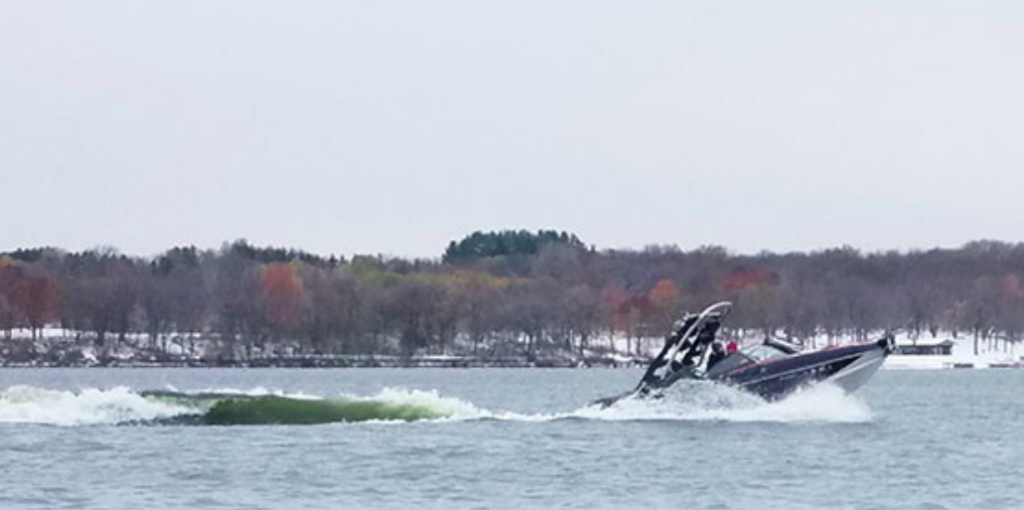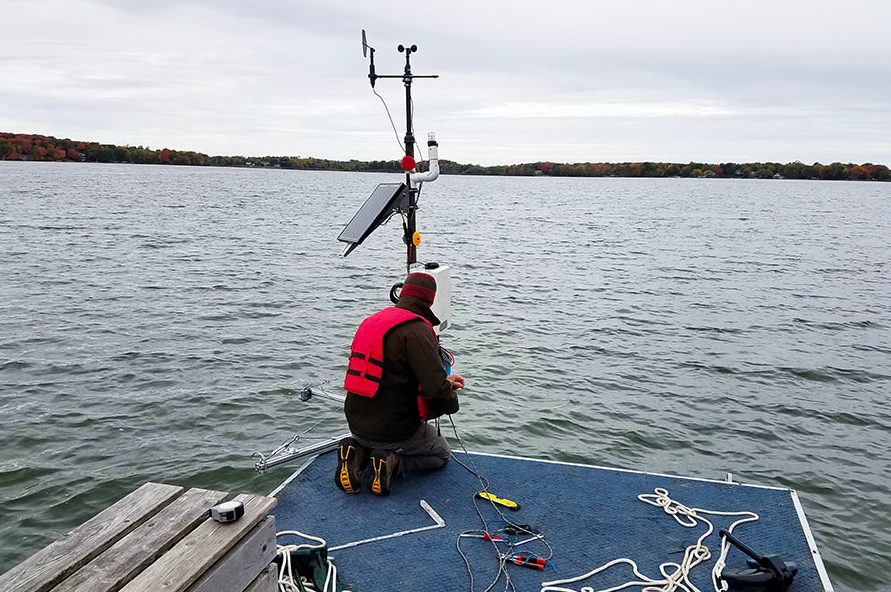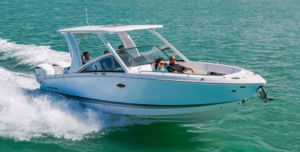Wakesurf boats under fire for shoreline erosion

A new study by researchers at the University of Minnesota College of Science and Engineering’s St. Anthony Falls Laboratory has found that popular wakesurf boats require a greater distance from the shoreline in order to reduce the potential impact of their larger waves.
The study’s results provide insights into differences between specialised wakesurfing boats and more typical recreational boats operating on lakes and rivers.
Wakesurfing boats generate a large surfing wave but have sparked concerns (specifically in Minnesota) about shoreline erosion, water quality, and safety. However, robust scientific data on the size and impact of wakesurf boat waves has been lacking.
“This research isn’t about trying to limit enjoyment of lakes for boaters, but it seeks to provide the data needed to ensure our lakes can be enjoyed by all for generations to come,” says Jeff Marr, one of the lead researchers on the study.
In an effort to provide scientific data on boat-generated waves, the researchers examined waves by measuring the maximum height, total energy, and maximum power of the waves (defined as wake waves) produced by four recreational boats (two wakesurf boats and two more typical recreational boats). Using sensors and data collection hardware, the researchers also measured how the wake waves changed as they moved away from the boats and toward shore.
The researchers carried out the evaluation of the four boats in autumn 2020 under a range of speeds, weight, and other conditions on Lake Independence in Maple Plain, Minnesota.
The findings reveal that wake waves produced by wakesurf boats during wakesurfing are not only higher, but they also require greater distance to decrease to the same height as wake waves from more typical recreational boats.
This study found that whether during ‘typical mode of operation’ or working to generate the largest wake wave, the suggested distance from shoreline/docks for wakesurf boats should be more than twice the distance of the 200 feet currently recommended by Minnesota guidelines for common recreational boats.
Under both slow and fast speed conditions, the wakesurf boats produced the largest waves in terms of height, energy, and power when compared to the non-wakesurf boats.
“We quickly learned that boat wave impacts were not just a Minnesota concern. We have received inquiries about our research from many others throughout the U.S.,” says Andy Riesgraf, another lead researcher on the project. “We’re hoping this study will provide a pathway for shared use of our lakes and rivers.”
The researchers say this study gives legislators, lake associations, boat manufacturers, and property owners new information about the operation of wakesurf boats.
A Field Study of Maximum Wave Height, Total Wave Energy, and Maximum Wave Power Produced by Four Recreational Boats on a Freshwater Lake, is available online.

Images courtesy of Healthy Waters Initiative, University of Minnesota.










